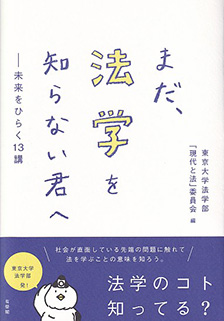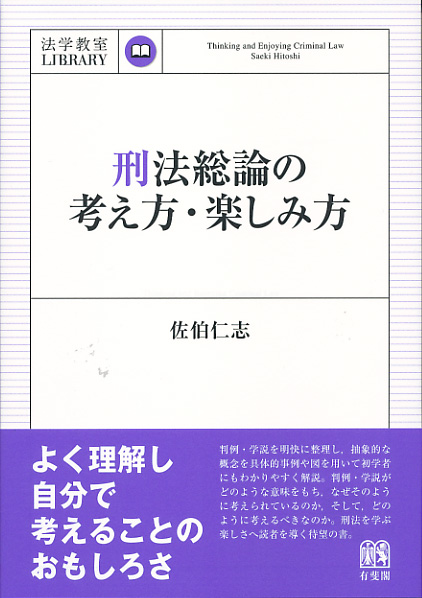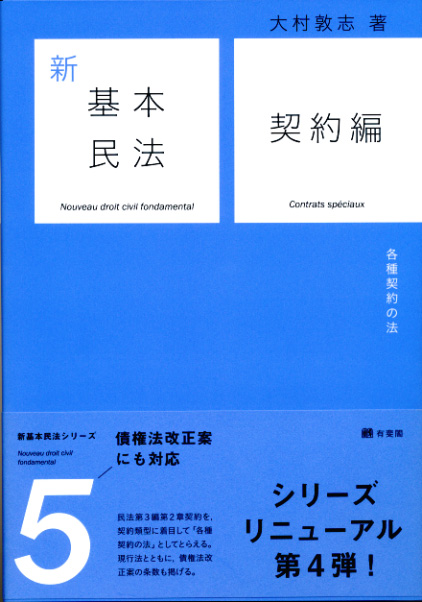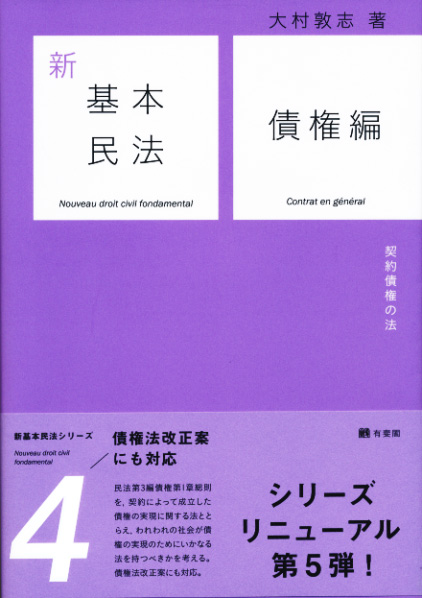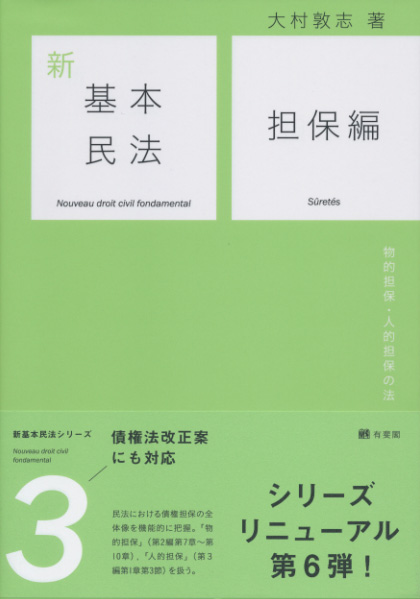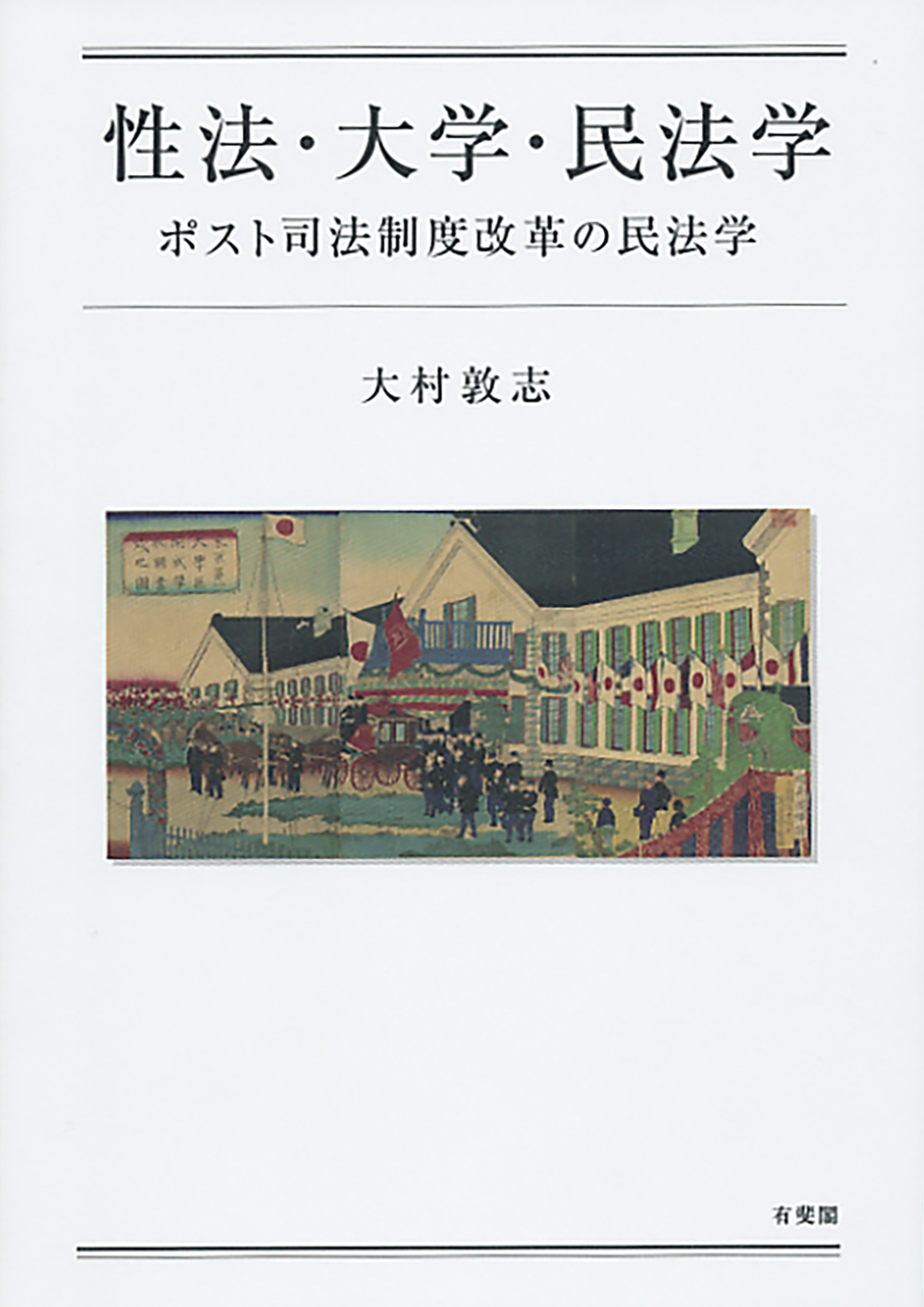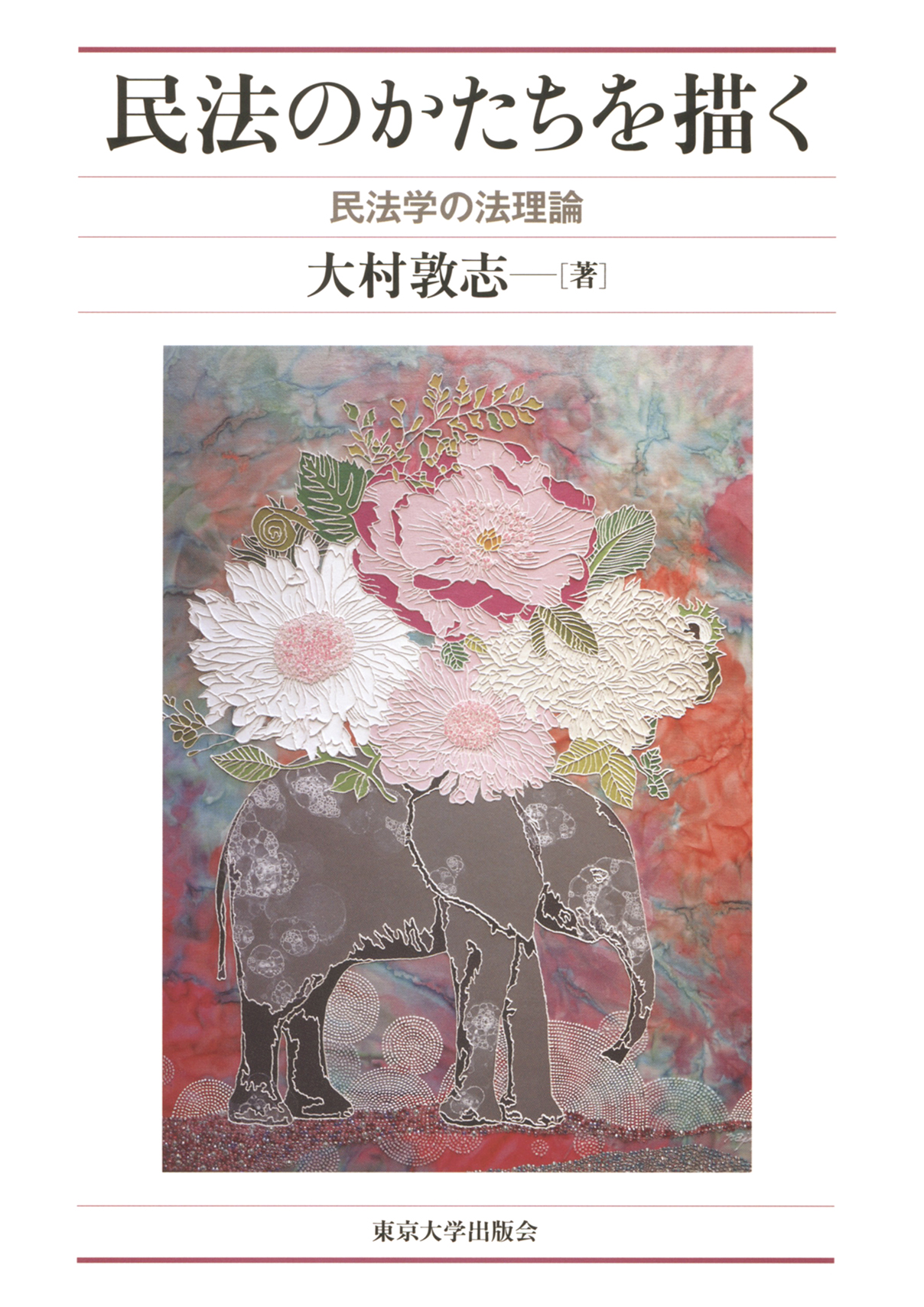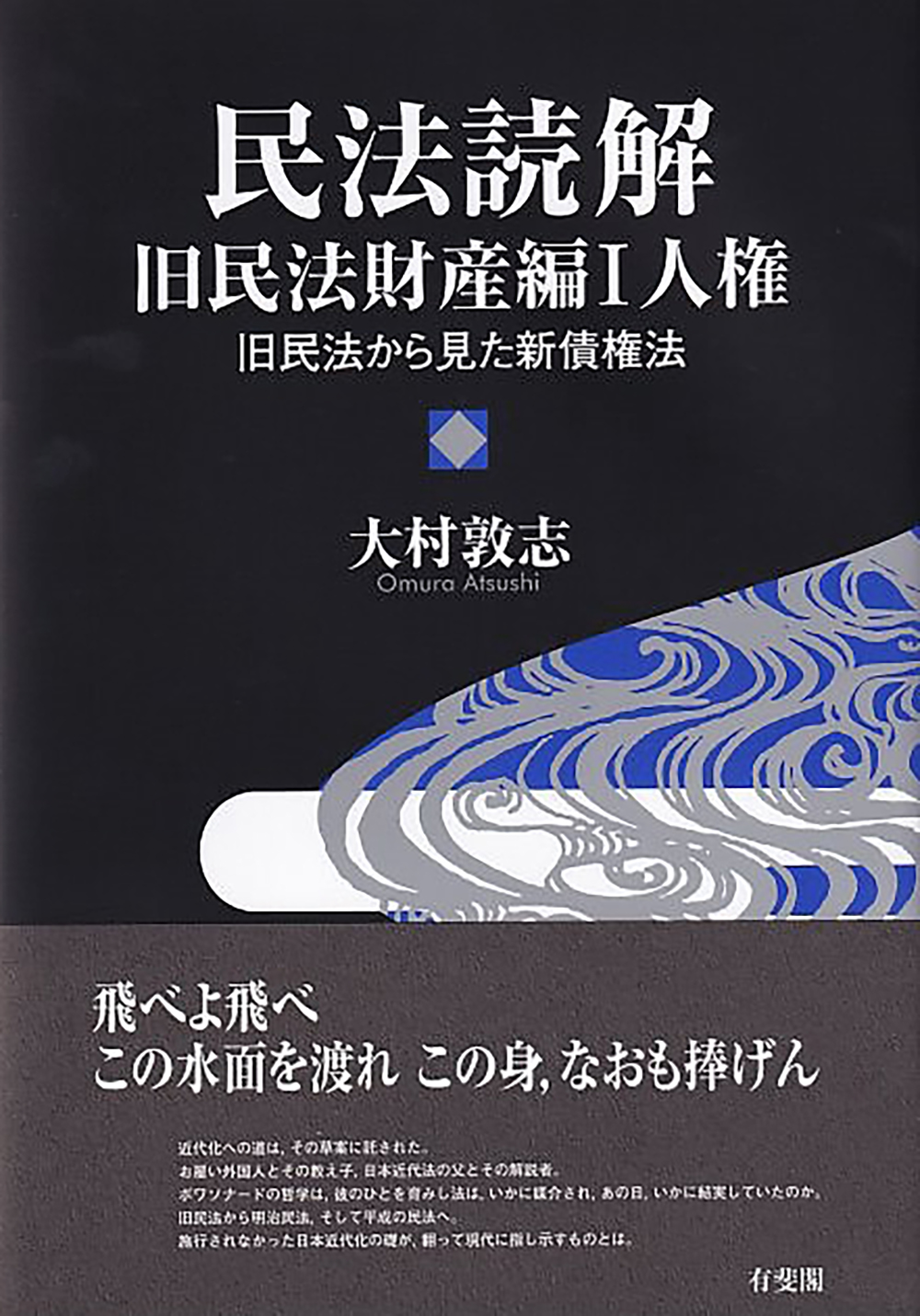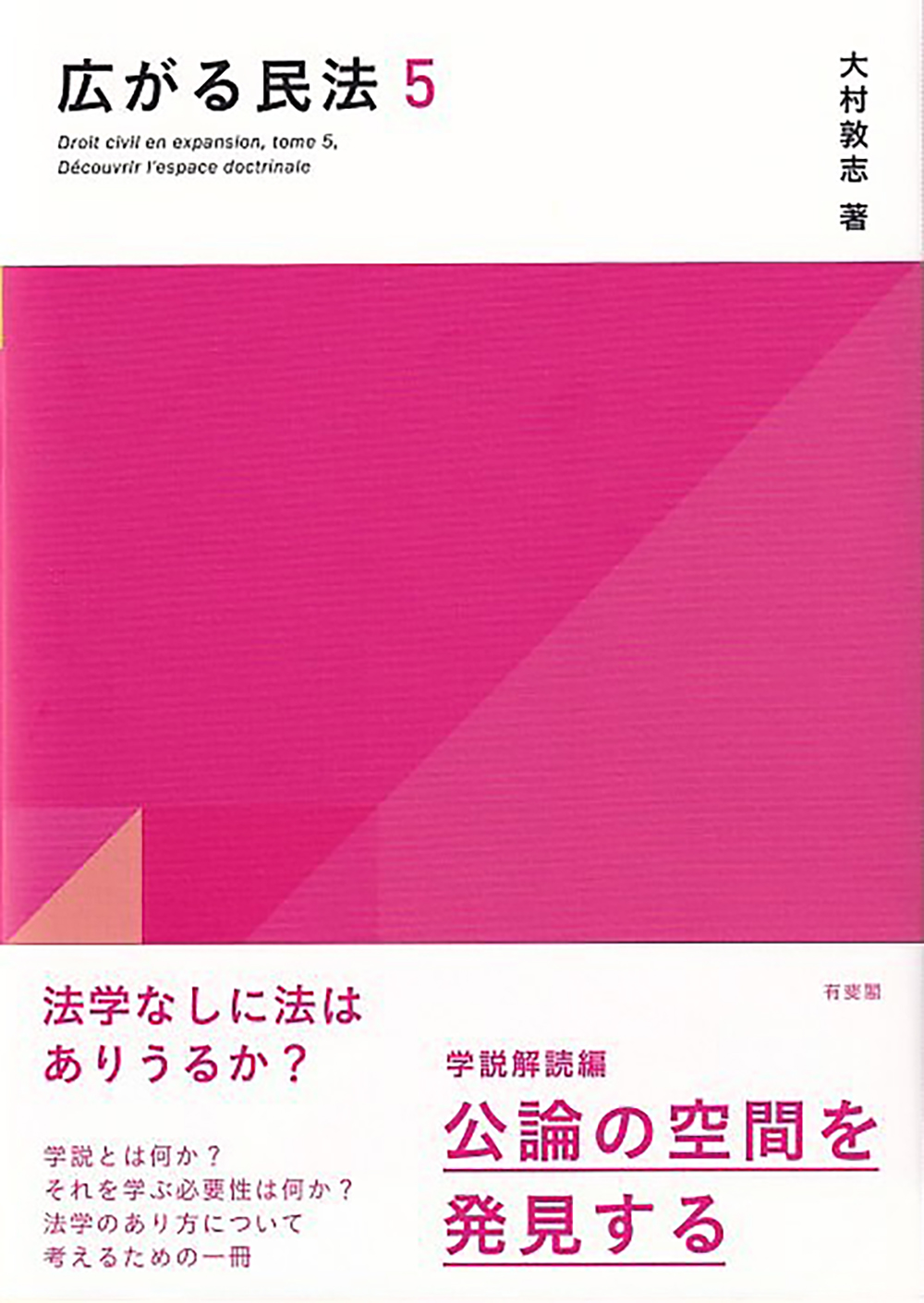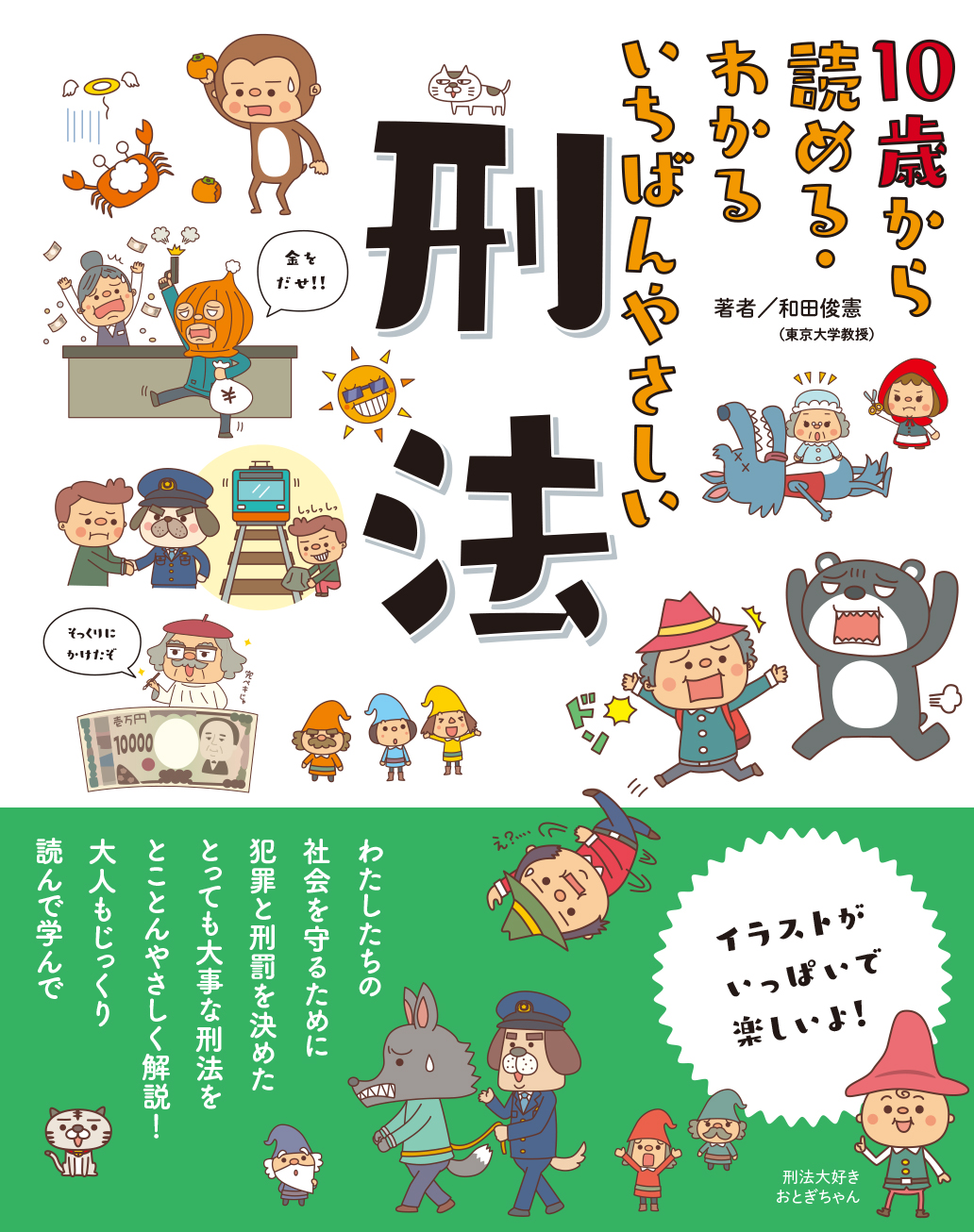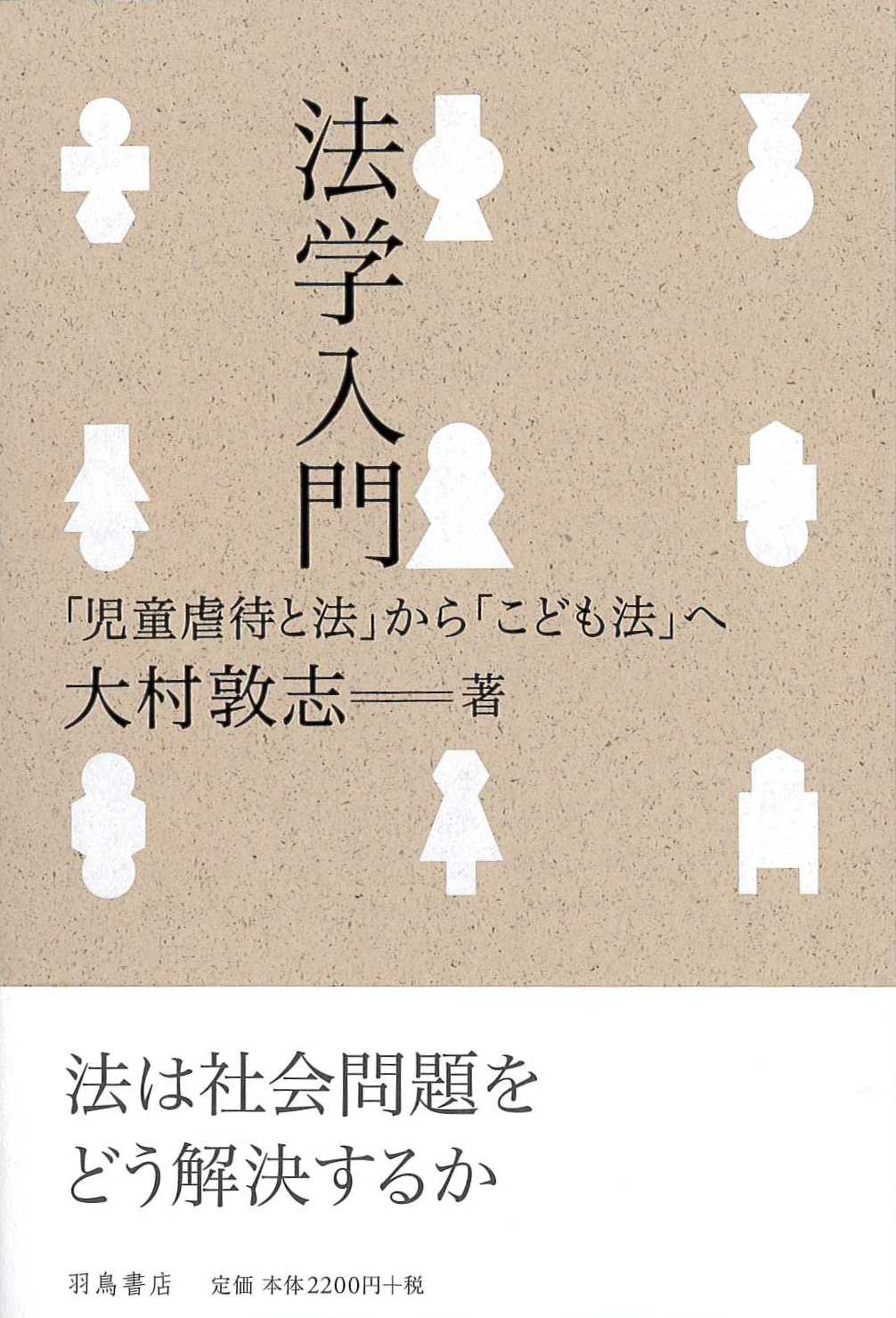
Title
Hogaku Nyumon (Introduction to Law: From “Child Abuse and Law” to “Children’s Law”)
Size
136 pages, 127x188mm, softcover
Language
Japanese
Released
November 30, 2012
ISBN
978-4-904702-35-2
Published by
Hatori Shoten
Book Info
See Book Availability at Library
Japanese Page
This book is based on a lecture titled “Law and Civil life”, which I gave at Tokyo University in 2010 as part of an academic overview lecture titled “Law and Modern Society: Visible Law and Invisible Law.”. The academic overview lecture was held at Komaba Campus primarily for freshmen and sophomores. Since it intended to provide an “overview” of “academics” for all students in both the humanities and sciences, the content in the lectures held there in my view would be appropriate for an “Introduction to Law” text that assumes readers are students who have just graduated from high school. Thus, I decided to publish this book.
The book is divided into Part 1 and Part 2, and in Part 1 “From ‘Child Abuse and Law,’” I explain and analyze “the phenomenon called law” from both “law” and “society” sides from the angle of the societal problem of “child abuse” (Chapter 1) and attempt to deepen the understanding of legal studies as an academic field (Chapter 2). More specifically, in Chapter 1, the specific theme of “child abuse” is a problem that involves several types of law, such as civil, penal, child welfare, and child abuse prevention law. In Chapter 2, I show that legal studies are not limited to the study and research of rule content in individual legal areas such as constitutional, civil, and penal law and their basic ideas (collectively called “practical law”); rather legal studies also include the study and research of law as philosophy and the study and research of legal phenomena of social and historical facts such as the sociology of law and legal history (collectively called “foundational law”).
In Part 2 “To ‘Child Law’,” I consider legislation in the country we live in today (Chapter 3); examine overall laws related to “children,” not only those limited to child abuse (Chapter 4); and attempt to understand “modern” in the “history of law” (Chapter 3) and “children” in the “system of law” (Chapter 4). That is, in Chapter 3, I attempt to define the distinctive features of “modern” in relation to the “history” of legislation in contemporary Japan. In Chapter 4, I examine “child law” as an example of a “combined law area” characteristic of modern law.
Legal studies are often thought of as the act of strictly understanding the laws existing at present as given. However, if we understand actual legal studies as understanding and critiquing laws and society and consider not only existing laws but also future laws by comparing modern law, history, and foreign law, perhaps the perspective on law and legal studies will change.
It is important to note that although legal studies were first introduced as an academic field in university, it is related to other subjects in high school. This book has a column titled “legal studies from high school” and introduces episodes that demonstrate this.
(Written by OMURA Atsushi, Professor, Graduate Schools for Law and Politics / 2017)



 Find a book
Find a book


